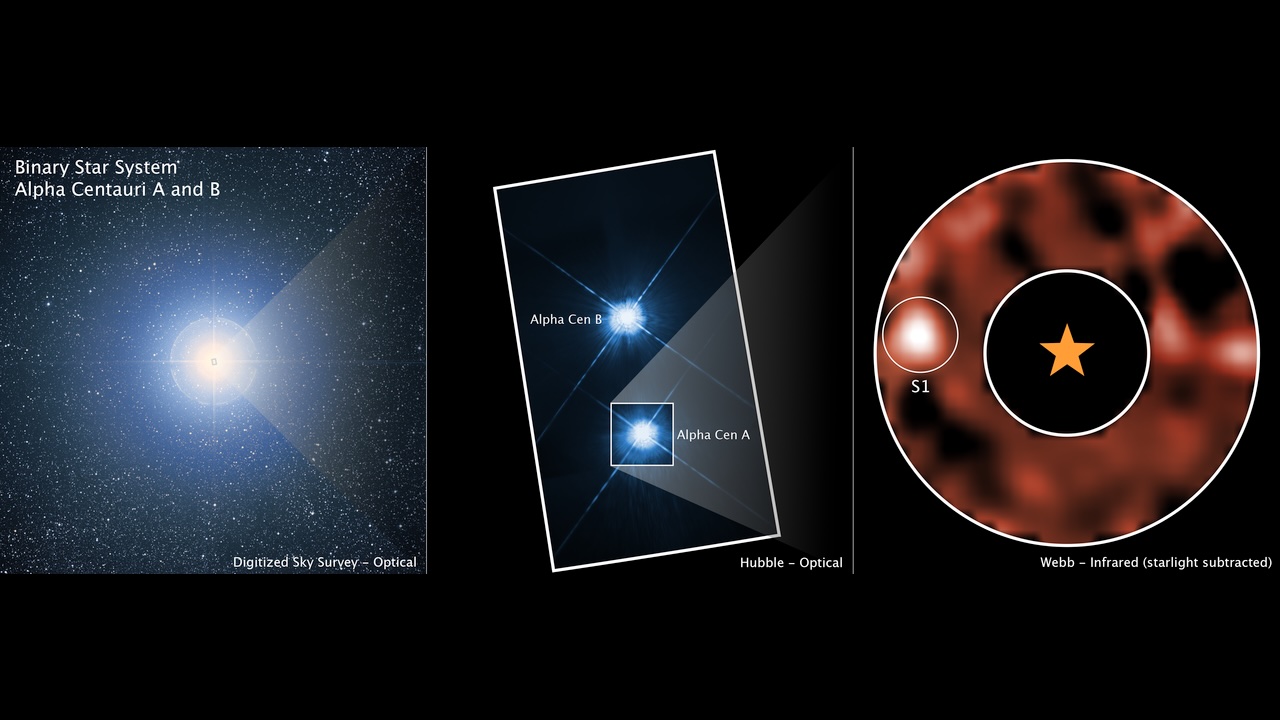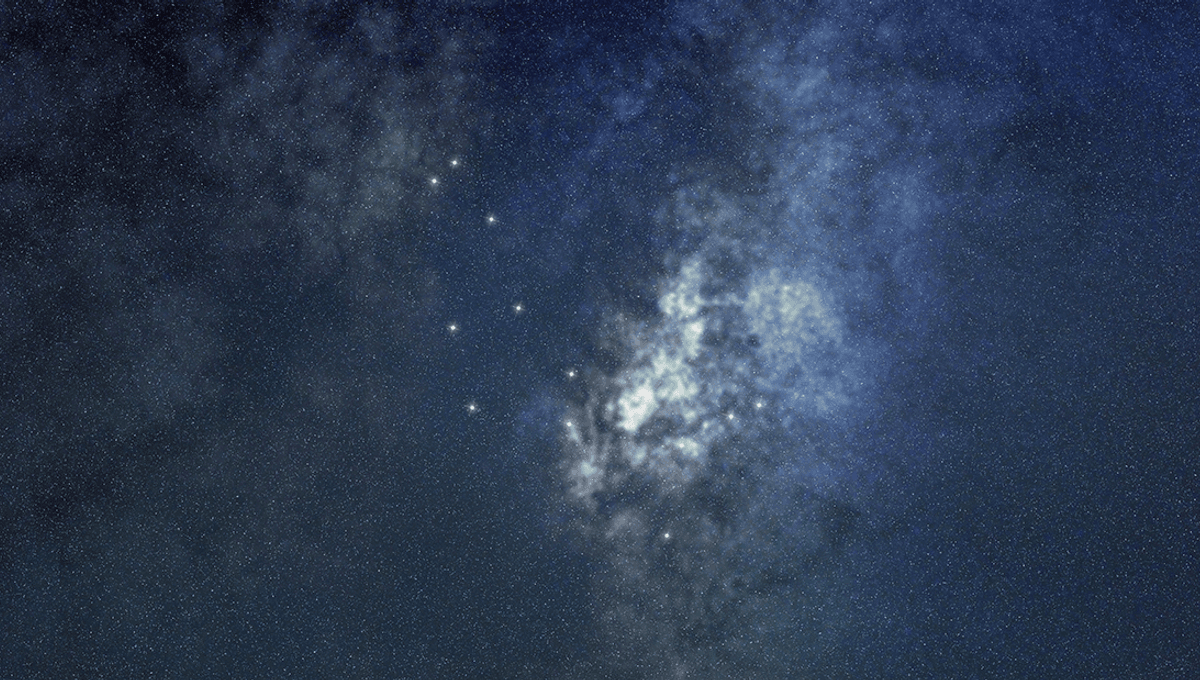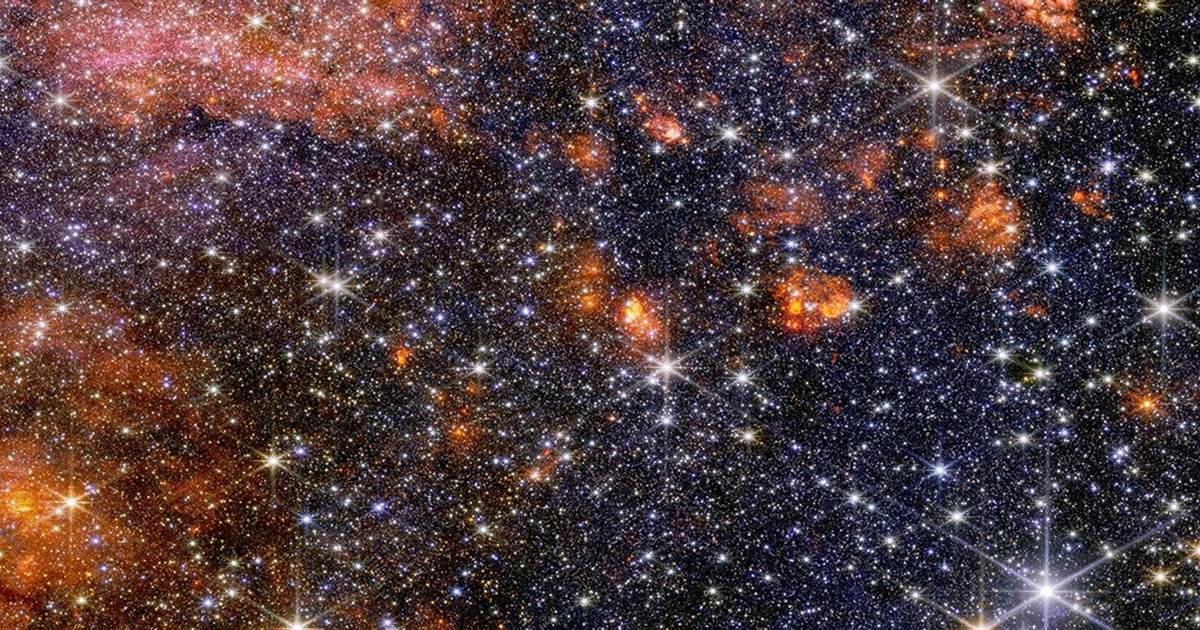There might be a huge planet lurking near one of the closest stars to Earth.
NASA‘s James Webb Space Telescope (JWST) has imaged a possible planet near Alpha Centauri A, a sun-like star that forms part of the triplet Alpha Centauri star group. The mini-cluster is just four light-years from Earth and is a rich ground for astronomers to learn about other star systems.
But there’s a catch: JWST only spotted the supposed Saturn-size world once — in August 2024 — and two more tries in 2025 came up empty. “We are faced with the case of a disappearing planet,” study co-lead author Aniket Sanghi, a doctoral student at Caltech, said in a statement.
Astronomers aren’t giving up yet. The research team said the planet may have moved in its orbit into the glare of the star — making it temporarily invisible to JWST.
“This is a plausible explanation,” Stanimir Metchev, Canada Research Chair in Extrasolar Planets at Western University in Ontario, told Live Science via email. Metchev was not involved in the research.
“[It] comes with a strict prediction that the planet should again be visible in 2026 or 2027. These follow-up observations will be key for confirming this planet,” Metchev added. But assuming the planet is there, “it would be the most significant JWST discovery to date.”
If confirmed, the planet would be the closest world to Earth that orbits in the habitable zone of a star — the area around a star where water could exist in liquid form, on the rocky surface of an Earth-size world. The newfound Saturn-size exoplanet, however, is likely too large for life as we know it.
The purported planet would also be the closest planet to its star ever imaged directly, as it orbits at twice the equivalent distance between Earth and the sun.

But none of this is a slam-dunk yet.
“The signal is at the limit of what contrast-enhancement techniques applied to JWST images can deliver,” Metchev said. “The authors go through a painstaking and believable analysis, but nonetheless any direct image of an exoplanet — especially one with such potential significance — will require an independent confirmation.”
The Alpha Centauri system is made up of three stars: the sun-like stars Alpha Centauri A and Alpha Centauri B, and a fainter red dwarf called Proxima Centauri. Astronomers have already confirmed three planets circling Proxima Centauri.
JWST used its Mid-Infrared Instrument (MIRI) for the observations..
Planet-hunting in Alpha Centauri required a custom observing sequence. A coronagraphic mask was also used to block out the light of Alpha Centauri A, enabling JWST to image much fainter planets orbiting nearby.
“Their extra effort paid off spectacularly,” study lead co-author Charles Beichman, executive director of the NASA Exoplanet Science Institute at Caltech, said in the statement.
“These are incredibly challenging observations to make, even with the world’s most powerful space telescope, because these stars are so bright, close, and move across the sky quickly,” Beichman added.
In the meantime, the research team hinted more planet-hunting may be coming: “The next closest sun-like star, Tau Ceti [about 12 light-years from Earth], will be much harder even with Webb,” Beichman said. NASA”s Nancy Grace Roman Space Telescope, which will launch as soon as May 2027, will also be used to search for new worlds.
Source link


